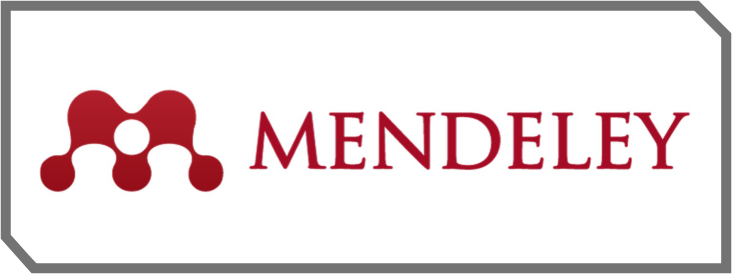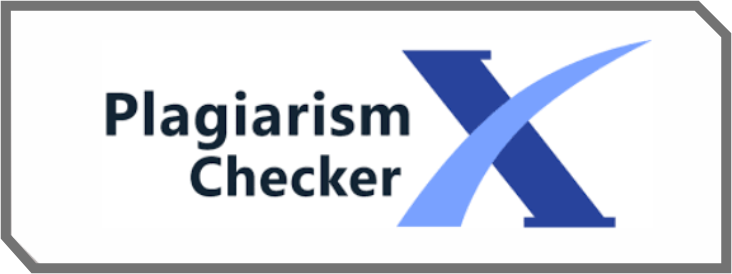Artikel Laporan Studi Kelayakan Bisnis “Warkop Kopi Kong” Dikota Palangka-Raya,Kalimantan Tengah
DOI:
https://doi.org/10.58192/populer.v3i4.2806Keywords:
feasibility study, warkop, coffee, Palangka Raya, business analysisAbstract
This feasibility study report aims to analyze the potential and feasibility of the Warkop Kopi Kong business in Palangka Raya City. This research was conducted using qualitative and quantitative descriptive methods. The data used includes primary and secondary data. Primary data is obtained through surveys of potential consumers and analysis of the business environment, while secondary data is obtained from various sources such as financial reports, demographic data and market trends. The analysis carried out includes market, technical, management and financial aspects. Market analysis includes demand analysis, determining market targets, and competitive analysis. Technical analysis includes site planning, interior design, equipment, and layout. Management analysis includes organizational structure, human resources, and control systems. Financial analysis includes projections of income, costs, and financial feasibility analysis such as Net Present Value (NPV) and Internal Rate of Return (IRR). The analysis results show that the Warkop Kopi Kong business has good potential to develop in Palangka Raya City. This is supported by increasing public interest in coffee, stable economic growth, and the lack of intense competition in the targeted market segment. However, there are several challenges that need to be overcome, such as fluctuations in raw material prices, changes in consumer trends, and increasingly fierce competition in the future. Based on the results of the analysis, it can be concluded that the Warkop Kopi Kong business is feasible to run. However, several efforts need to be made to increase competitiveness and business sustainability, such as developing new products, improving service quality, and optimizing the use of social media for promotions.
References
Ahmad, A. (2018). Analisis kelayakan bisnis usaha mikro kecil menengah (UMKM). Jurnal Manajemen Bisnis, 10(2), 123-135.
Brigham, E. F., & Houston, J. F. (2020). Manajemen keuangan. Jakarta: Salemba Empat.
Budi, B. (2021). Studi kelayakan bisnis warung kopi di kawasan kampus. Jurnal Bisnis Online.
Dedi, & Nurdin. (2017). Studi kelayakan bisnis (Edisi ke-1, Cetakan ke-2). Depok: PT RajaGrafindo Persada.
Hanafi, Mahmud, Dr., MBA. (2016). Manajemen keuangan. Yogyakarta: BPFE.
Kadariah, L., Karlina, & Gray, C. (1999). Pengantar evaluasi proyek. Lembaga Penerbit Fakultas Ekonomi.
Kotler, P. (2020). Manajemen pemasaran. Jakarta: Erlangga.
Sartono, R. Agus, Dr., MBA. (2012). Manajemen keuangan teori dan aplikasi (Edisi ke-4). Yogyakarta: BPFE-Yogyakarta.
Siahaan, Theodorus William. (2014). Pengaruh modal manusia terhadap upah pekerja pada sektor jasa montir di Palembang. Akuntabilitas: Jurnal Penelitian dan Pengembangan Akuntansi, 8(2), 189–208.
Silmi, S. (2017). Metoda penelitian. Bab III Metoda Penelitian Bab III Me, 1–9.
Sugiyono. (2022). Metode penelitian kuantitatif, kualitatif, R & D. Bandung: CV Alfabeta.
Sujarweni, Wiratna. (2015). Metodologi penelitian bisnis dan ekonomi. Yogyakarta: Pustaka Baru Press.
Sunariyah. (2010). Pengantar pengetahuan pasar modal (Edisi ke-6). Yogyakarta: P-AMP YKPN.
Sutrisno. (2015). Studi kelayakan bisnis (Edisi cetakan pertama). Yogyakarta: Ekonesia.
Tim Peneliti. (2022). Analisis potensi pasar kopi di Kota Palangka Raya. Dinas Perdagangan Kota Palangka Raya.










